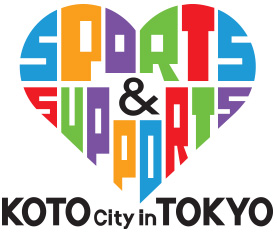ここから本文です。
Introduction
Located in the eastern part of Tokyo, Koto City is blessed with a rich waterfront and lush greenery. A traditional downtown atmosphere tracing back to the Edo era still remains in its inland area, while there is sophisticated large-scale development for the capital, Tokyo, in its coastal area, accompanied by a growing population. People living here are warm-hearted, yet full of vitality–pioneers carving out a path to a new era, making the city even more attractive.
Most of the sporting venues for the Tokyo 2020 Olympic and Paralympic Games will be located in Koto City, the center of the competition. “SPORTS & SUPPORTS KOTO City in TOKYO” endeavors to contribute to the great success of the Games and the development of the City, while pursuing "Omotenashi" (hospitality), through the united efforts of its residents and companies, to warmly welcome visitors from all over the world.
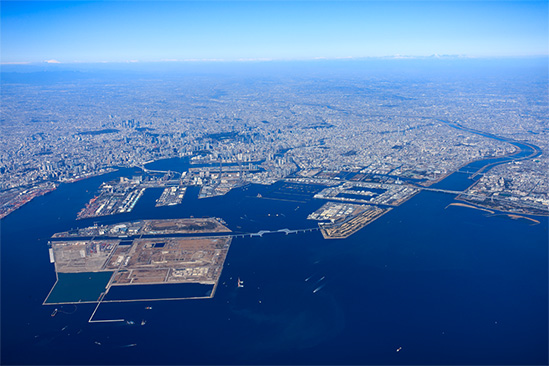
Location of the City
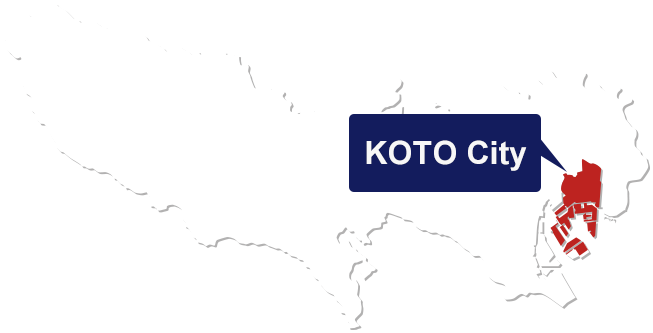
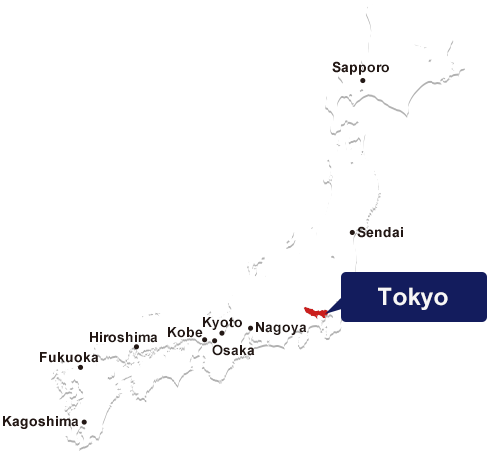
| Area: | 43.01k㎡ |
|---|---|
| Population: | 526,631 persons |
Diverse Features
Koto City chose “SPORTS & SUPPORTS KOTO City in TOKYO” as its brand concept for the Tokyo Olympic and Paralympic Games, and started communicating its diverse attractive features nationally and internationally, including its rich sporting environment and traditional, down-to-earth kindness.
Koto City, the hub of the Tokyo Olympic and Paralympic Games, has a lot of sports centers, baseball fields and athletic grounds, so people enjoy the benefit of playing sports casually. Canoeing and sailing are popular in Koto City, which is blessed with a rich waterfront. Koto City provides good opportunities for its residents to enjoy a variety of sports by planning a “Koto Children’s Sports Day,” a “Sports Festa Koto for the Disabled” and more.
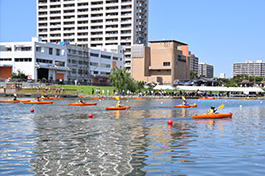
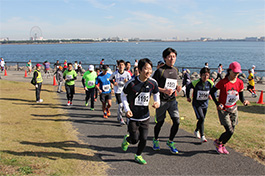
The culture of Koto City is represented by the humanity of its people; there is a down-to-earth sense of kindness that has been maintained since the Edo era, and a tradition of “Osekkai” (to not leave behind people in trouble). You will be able to interact with or enjoy conversations with local people on bustling downtown shopping streets and in public bathhouses, called sento. Koto City will also put much effort into building universal design facilities and training volunteers so that all people visiting the city will feel comfortable and at home.
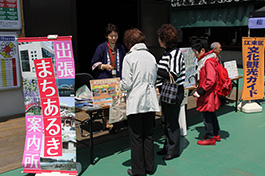
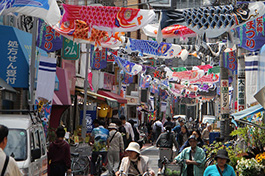
Located close to the center of Tokyo, Koto City is full of lush greenery with many parks built on the sites of big, old factories. Wakasu Park and Yumenoshima Park facing Tokyo Bay are equipped with camp sites, a yacht harbor, a tropical greenhouse dome, and other facilities to create an enjoyable resort atmosphere. Koto City is promoting environmentally friendly city planning under the banner of “CITY IN THE GREEN.”
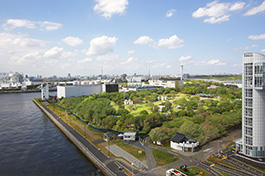
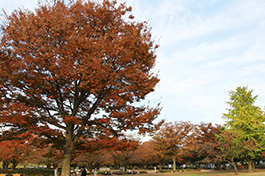
Life in Koto City has been closely connected to the sea and rivers since the Edo era. Facing Tokyo Bay and surrounded by the Sumida and Arakawa Rivers, Koto City also has canals running in every direction, which fueled prosperity in the lumber industry. Today, many such waterways have been transformed into promenades and water parks, providing pleasure and comfort for residents living there. One of them, Yokojikkenkawa Water Park offers you a chance to enjoy boarding a traditional Japanese vessel from the Edo era.
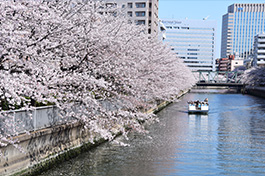
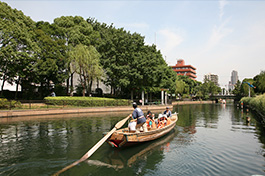
The history and culture of old Japan are still alive in Koto City. Koto City has been loved by many people as a city that has been handed down traditions from the Edo era. The city has lots of authentic shrines and temples. The Tomioka-hachimangu Shrine is famous for its “Fukagawa Hachiman Festival,” one of the three largest festivals in Edo. In addition, folk performing arts such as “Kakunori in Kiba” (rolling a floating square timber by foot) and everyday craftsmanship have been passed down from generation to generation. At Fukagawa Edo Museum, you can enjoy walking around on life-sized restored Edo-era streets.
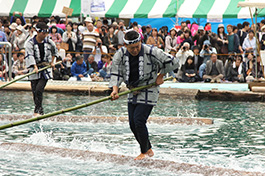
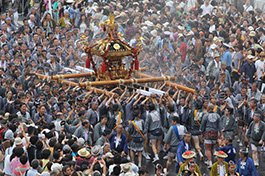
Sightseeing Spots
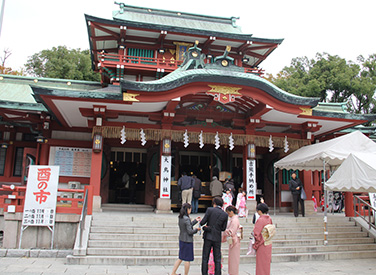
Tomioka-hachimangu Shrine
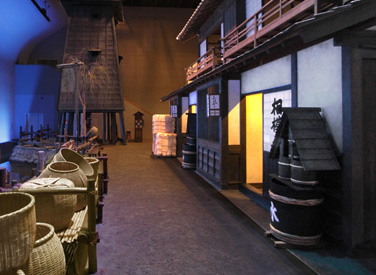
Fukagawa Edo Museum
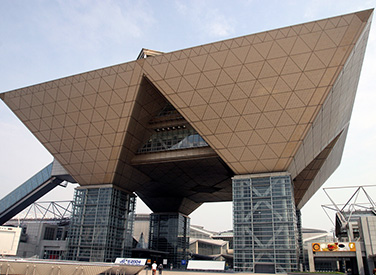
Tokyo Big Sight
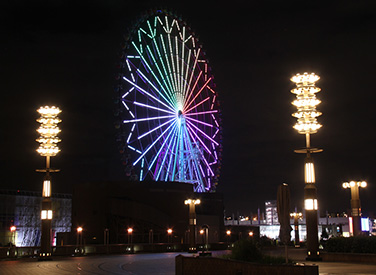
Palette Town
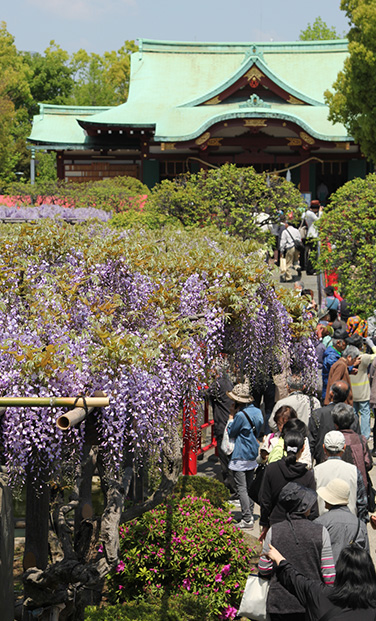
Kameido-tenjinsha Shrine
Events
Spring
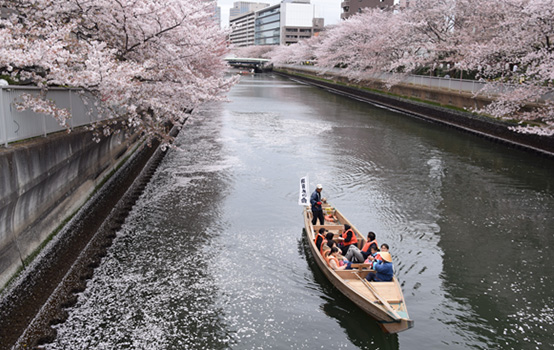
- Oedo-fukagawa Cherry Blossom Festival
- Kameido Tenjin Fuji Festival
- Koto Children’s Festival
Summer
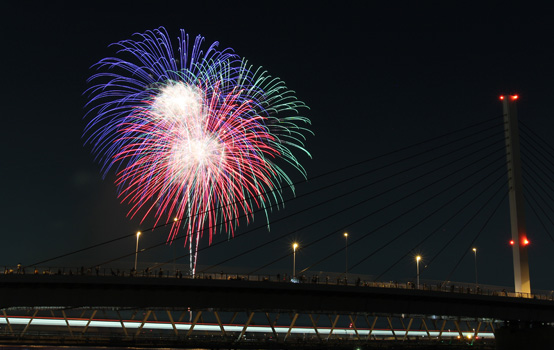
- Koto Fireworks Show
- Fukagawa Hachiman Festival
- Sunamachi Ginza Tanabata Festival
Fall
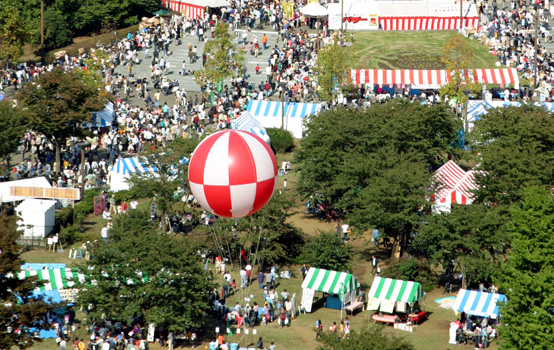
- Kameido Tenjin Kiku Festival
- Koto Residents’ Festival
- Koto Seaside Marathon
Winter
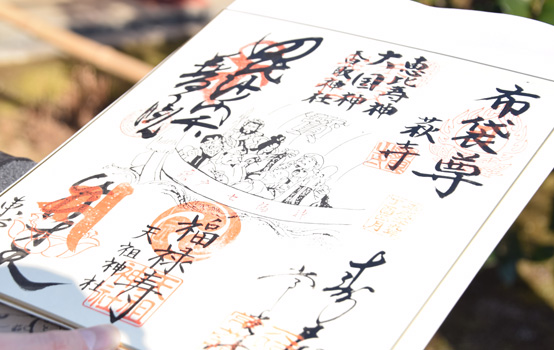
- Shichifukujin Pilgrimage
- Early Spring Folk Performing Arts Event
- Kameido Tenjin Ume Festival
Access
Access from Haneda Airport
By Tokyo Monorail
|
Haneda Airport Terminal 1 |
9 stations, 24 min. |
Hamamatsucho Station |
5 stations, 9 min. |
Akihabara Station |
4 stations, 8 min. |
Kameido Station |
|
Haneda Airport Terminal 1 |
9 stations, 24 min. |
Hamamatsucho Station |
9 min. on foot |
Daimon Station |
5 stations, 11 min. |
Monzen-nakacho Station |
|
Haneda Airport Terminal 1 |
8 stations, 19 min. |
Tennozu Isle Station |
1 station, 3 min. |
Tokyo Teleport Station |
By Keikyu
|
Haneda Airport Domestic Terminal |
13 stations, 33 min. |
Asakusabashi Station |
3 stations, 6 min. |
Kameido Station |
|
Haneda Airport Domestic Terminal |
6 stations, 21 min. |
Daimon Station |
5 stations, 11 min. |
Monzen-nakacho Station |
|
Haneda Airport Domestic Terminal |
7 stations, 23 min. |
Shimbashi Station |
9 stations, 21 min. |
Aomi Station |
Access from Narita Airport
By JR
|
Narita Airport |
13 stations, 71 min. |
Shin-Koiwa Station |
2 stations, 4 min. |
Kameido Station |
|
Narita Airport |
13 stations, 71 min. |
Shin-Koiwa Station |
3 stations, 6min. |
Kinshicho Station |
2 stations, 5 min. |
Kiyosumi-shirakawa Station |
|
Narita Airport |
17 stations, 85 min. |
Tokyo Station |
4 stations, 9 min. |
Shin-Kiba Station |
By Keisei
|
Narita Airport |
9 stations, 49 min. |
Oshiage Station |
1 station, 2 min. |
Kinshicho Station |
1 station, 2 min. |
Kameido Station |
|
Narita Airport |
9 stations, 49 min. |
Oshiage Station |
3 stations, 7 min. |
Kiyosumi-shirakawa Station |
|
Narita Airport |
6 stations, 35 min. |
Higashi-Matsudo Station |
8 stations, 26 min. |
Shin-Kiba Station |
Access from Tokyo Station to the Fukagawa Area
|
Tokyo Station |
on foot |
Nihombashi Station |
Tokyo Metro Tozai Line |
Monzen-nakacho Station |
Access from Tokyo Station to the Joto Area
|
Tokyo Station |
2 stations, 3 min. |
Akihabara Station |
4 stations, 8 min. |
Kameido Station |
Access from Tokyo Station to the Rinkai Area
|
Tokyo Station |
2 stations, 4 min. |
Shimbashi Station |
9 stations, 21 min. |
Aomi Station |
|
Tokyo Station |
4 stations, 9 min. |
Shin-Kiba Station |

